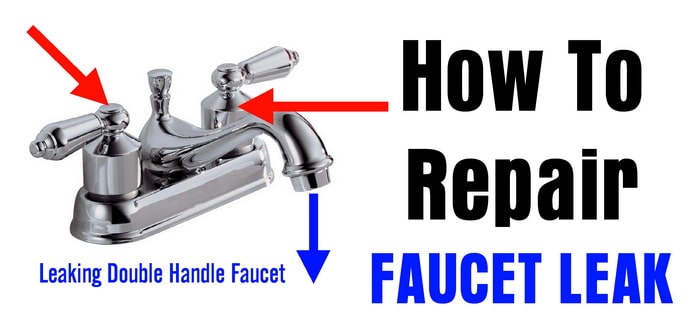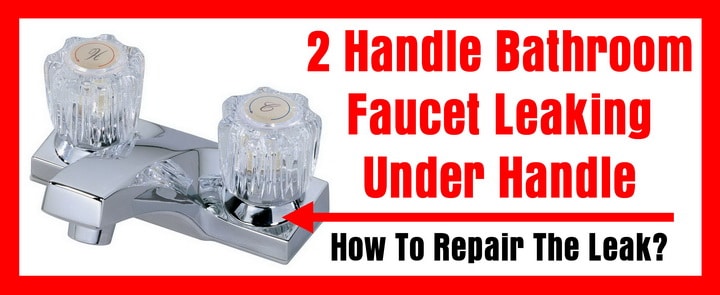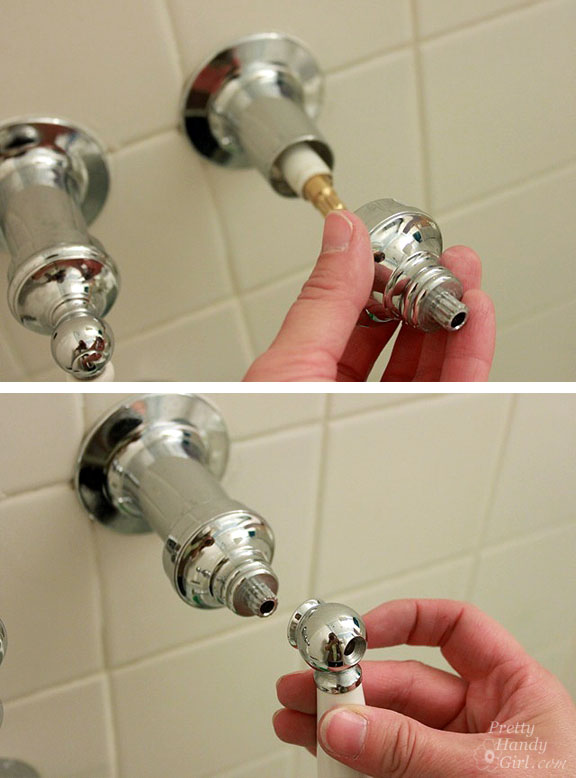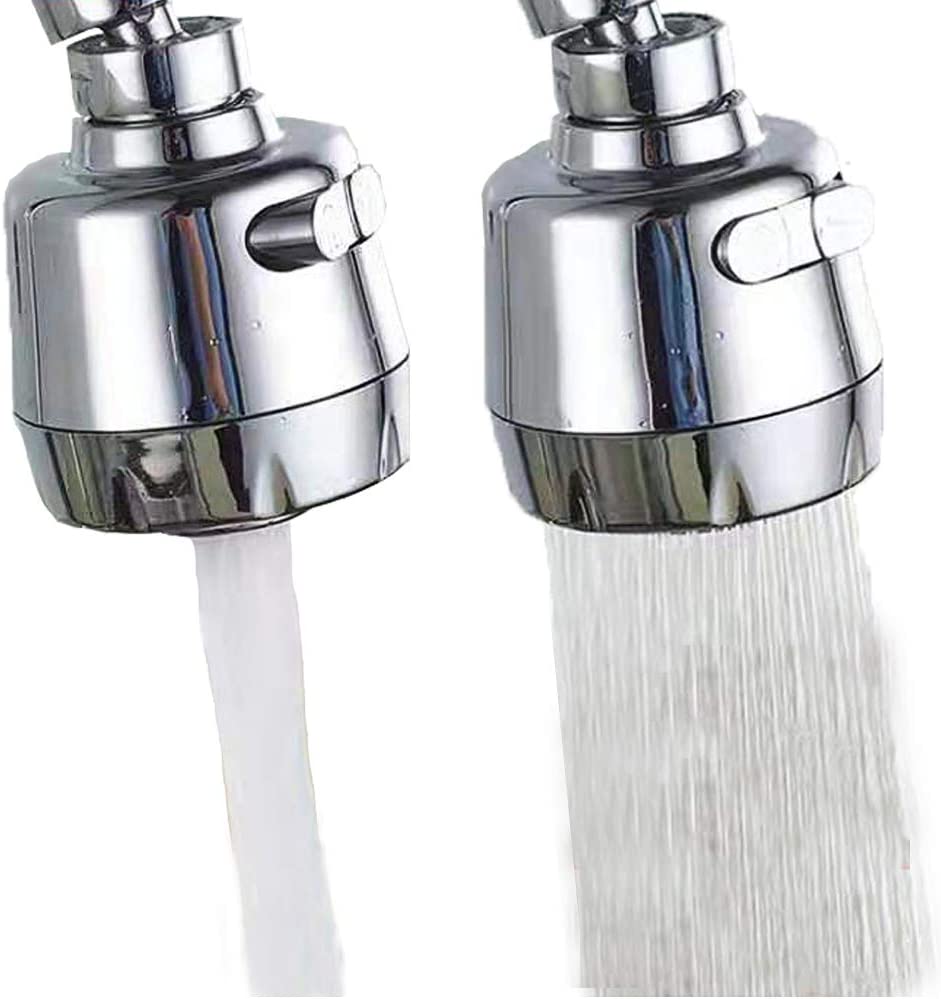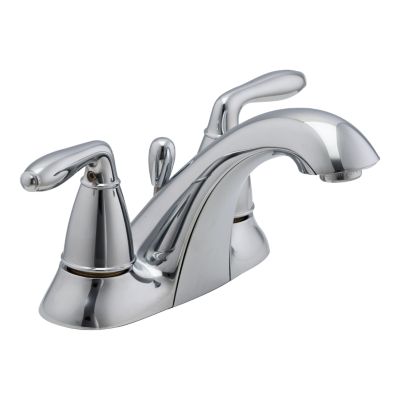Understanding the Signs of a Leaking Bathroom Faucet Handle
A leaking bathroom faucet handle can be a frustrating and wasteful issue to deal with. It’s important to understand the signs of a leaking faucet handle to address the problem promptly. Here are the signs that indicate a leaking bathroom faucet handle, allowing you to take timely action to resolve the issue.
- Dripping Water: One of the most obvious signs of a leaking faucet handle is the sound of dripping water. If you notice a consistent drip from the faucet, even when it’s turned off, it’s a clear indication of a leak. This dripping not only wastes water but can also lead to water stains and damage to the sink or countertop.
- Pooling Water: Another sign of a leaking faucet handle is the presence of pooling water around the base of the faucet. This water accumulation is often a result of the leak seeping through the base of the handle and collecting on the sink surface. If you notice water pooling around the faucet, it’s a strong indication that there’s a leak that needs to be addressed.
- Water Stains or Discoloration: Leaking water from the faucet handle can cause water stains or discoloration on the sink surface or around the base of the faucet. These stains may appear as white residue, rust-colored spots, or noticeable discoloration on the sink or countertop. If you observe any unusual stains or discoloration, it could be a sign of a leaking faucet handle.
- Increased Water Bill: A hidden sign of a leaking faucet handle can be reflected in your water bill. If you notice an unexplained increase in your water usage and subsequent bill, it could be due to a leaking faucet handle. Even a slow, steady drip can add up to significant water wastage over time, impacting your water bill.
- Mold or Mildew Growth: In some cases, a leaking faucet handle can create a damp environment conducive to mold and mildew growth. If you notice the presence of mold or mildew around the faucet or on the surrounding walls, it may indicate a persistent leak. Addressing the leak promptly is essential to prevent further mold or mildew issues.

Common Causes of Leaking Bathroom Faucet Handles
Leaking bathroom faucet handles can be caused by various factors, and understanding these common causes is essential for effective troubleshooting and repair. Here are the common reasons behind leaking bathroom faucet handles, providing insight into the potential sources of the problem.
Worn-Out O-Rings: O-rings are rubber seals located inside the faucet handle that prevent water from leaking out. Over time, these O-rings can deteriorate due to regular use, mineral deposits, or age, leading to leaks around the handle. If you notice water seeping from the base of the handle, worn-out O-rings could be the culprit.
Loose or Damaged Washers: The washers inside the faucet handle can become loose or deteriorate, resulting in leaks. A loose washer can cause water to seep through the handle when the faucet is turned on, leading to dripping or pooling around the base. Inspecting and replacing these washers can often resolve the issue.
Corroded Valve Seat: The valve seat is the connection point between the faucet and the spout. If the valve seat becomes corroded due to mineral deposits or wear, it can lead to leaks around the handle. Corrosion can cause irregular water flow, resulting in leaks and water damage. Cleaning or replacing the valve seat can address this issue.
Worn-Out Cartridge or Ceramic Disc: Modern faucets often feature cartridges or ceramic discs that control the flow of water. Over time, these components can wear out, leading to leaks. If you notice water leaking from the handle even when the faucet is off, a worn-out cartridge or ceramic disc may be to blame.
High Water Pressure: Excessive water pressure can put a strain on the faucet components, leading to leaks and damage. High water pressure can cause washers, O-rings, or other internal parts to deteriorate more quickly, resulting in leaks around the faucet handle. Installing a pressure regulator can help alleviate this issue.
DIY Fixes for a Leaking Bathroom Faucet Handle
Addressing a leaking bathroom faucet handle promptly can prevent water wastage and potential damage to your bathroom fixtures. Below are several DIY fixes that you can implement to resolve a leaking bathroom faucet handle, providing step-by-step guidance for common repair tasks.
Replace Worn-Out O-Rings: If the O-rings inside the faucet handle are worn out, causing leaks, you can replace them to restore the seal. To do this, turn off the water supply to the faucet, disassemble the handle, and locate the O-rings. Carefully remove the old O-rings and replace them with new ones of the appropriate size. Reassemble the faucet handle and turn on the water supply to check for leaks.
Tighten or Replace Washers: Loose or damaged washers can contribute to leaking faucet handles. Begin by turning off the water supply, disassembling the faucet handle, and accessing the washers. Tighten any loose washers and check for leaks. If the washers are damaged, replace them with new ones. Reassemble the handle and test for leaks before restoring the water supply.
Clean or Replace the Valve Seat: If the valve seat is corroded, it can lead to leaks around the faucet handle. To address this, turn off the water supply, disassemble the faucet handle, and locate the valve seat. Use a valve seat wrench to remove the valve seat for cleaning or replacement. Once cleaned or replaced, reassemble the handle and test for leaks before turning the water supply back on.
Replace Cartridge or Ceramic Disc: For faucets with cartridges or ceramic discs, a worn-out component can cause leaks. Turn off the water supply, disassemble the faucet handle, and locate the cartridge or ceramic disc. Carefully remove the old component and replace it with a new one of the same model. Reassemble the handle and test for leaks before restoring the water supply.
Adjust Water Pressure: In some cases, high water pressure can contribute to faucet leaks. If you suspect high water pressure, consider installing a pressure regulator to reduce the pressure to a safe level. This can alleviate strain on the faucet components and prevent future leaks.
When to Call a Professional Plumber for a Leaking Faucet Handle
While DIY fixes can address many leaking faucet handle issues, there are situations where it’s best to call a professional plumber for assistance. Let’s discuss the circumstances in which it’s advisable to seek the expertise of a professional plumber to address a leaking bathroom faucet handle.
Persistent Leaks After DIY Attempts: If you’ve attempted DIY fixes for a leaking faucet handle and the leaks persist, it’s a clear indication that the issue requires professional attention. A professional plumber can assess the underlying cause of the leaks and implement advanced repair solutions to resolve the problem effectively.
Complex Faucet Design: Some modern faucet designs, especially those with intricate components such as cartridges, ceramic discs, or advanced valve systems, may require specialized knowledge and tools for repair. Calling a professional plumber with experience in handling complex faucet designs can ensure that the issue is addressed correctly.
Hidden Plumbing Issues: Leaking faucet handles can sometimes be indicative of underlying plumbing problems, such as damaged pipes, water pressure issues, or deteriorated fixtures. A professional plumber can conduct a comprehensive assessment to identify any hidden plumbing issues and address them to prevent future leaks.
Preventive Maintenance and Inspections: Calling a professional plumber for a leaking faucet handle can also provide an opportunity for preventive maintenance and inspections. A skilled plumber can inspect the entire faucet system, identify potential areas of concern, and perform maintenance tasks to prevent future leaks and ensure the optimal functionality of the fixture.
Specialized Tools and Expertise: Professional plumbers have access to specialized tools, equipment, and expertise that may be necessary for addressing complex faucet leaks. Their knowledge of industry best practices and advanced repair techniques can ensure that the faucet handle is repaired efficiently and with long-lasting results.
Maintenance Tips for Bathroom Faucet Handles
After addressing a leaking bathroom faucet handle, it’s important to implement preventive maintenance to avoid future leaks and prolong the lifespan of the fixture. Below we provide maintenance tips for bathroom faucet handles, offering guidance on how to prevent future leaks and ensure the optimal functionality of the fixture.
Regular Inspection and Cleaning: Performing regular inspections of the faucet handle and its components can help identify potential issues before they escalate into leaks. Check for signs of wear, corrosion, or mineral buildup. Additionally, clean the faucet handle and aerator periodically to remove mineral deposits and maintain smooth operation.
Address Minor Leaks Promptly: If you notice minor leaks or dripping from the faucet handle, address them promptly to prevent the issue from worsening. Tighten loose components, replace worn-out washers or O-rings, and attend to any signs of leaks to prevent water wastage and potential damage to the fixture.
Monitor Water Pressure: Keep an eye on the water pressure in your plumbing system, as excessive pressure can strain faucet components and lead to leaks. Consider installing a pressure regulator if necessary to maintain a safe and consistent water pressure level that reduces the risk of leaks.
Use Caution When Operating the Handle: Encourage household members to use the faucet handle with care, avoiding excessive force or aggressive turning, which can strain the internal components and lead to premature wear. Gentle operation of the handle can help maintain its integrity and prevent leaks.
Schedule Professional Maintenance: Periodically schedule professional maintenance for your bathroom faucet handles. A skilled plumber can conduct thorough inspections, perform preventive maintenance tasks, and address any potential issues before they result in leaks. Professional maintenance can prolong the lifespan of your faucet handle and prevent future leaks.
Address Underlying Plumbing Issues: If you notice signs of leaks or water accumulation around the faucet handle, it’s essential to address any underlying plumbing issues that may be contributing to the problem. Consult a professional plumber to assess the overall plumbing system and address any issues that could impact the faucet’s performance.
How To Fix A Leaking Bathtub Faucet Handle
How to Fix a Leaky Faucet Handle
How to Repair (Not Replace) Any Leaking Bathroom Faucet
2 Handle Bathroom Faucet Leaking Under Handle
How to Fix a Leaky Faucet
How to Fix a Leaky Faucet – 5 Easy Steps to Fix a Faucet
Fix a Leaky Faucet Double Handle DIY
How to Fix a Leaky Faucet
How to Fix a Leaky Faucet – Home Repair Tutor
Related Posts:
- Bathroom Faucets Rona
- Jado Bathroom Faucet Replacement Parts
- Moen Monticello Bathroom Faucet Cartridge Replacement
- Grohe Bathroom Faucet Cartridge
- Moen Double Handle Bathroom Faucet Repair
- Antique Brass Bathroom Faucets Centerset
- How Do You Remove A Bathroom Faucet
- Hose For Bathroom Faucet
- Install Bathroom Faucet Pop Up Drain
- Delta Leaky Bathroom Faucet Repair



